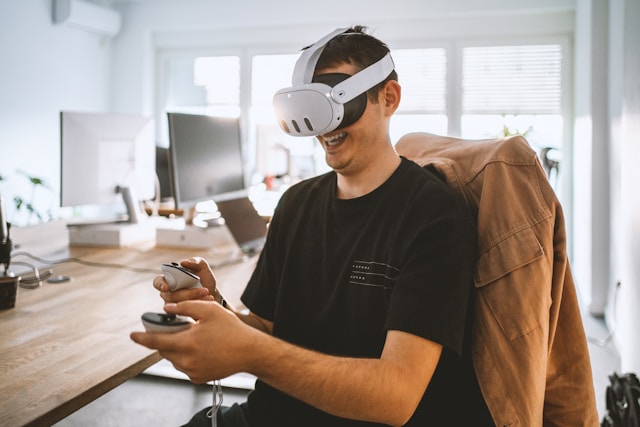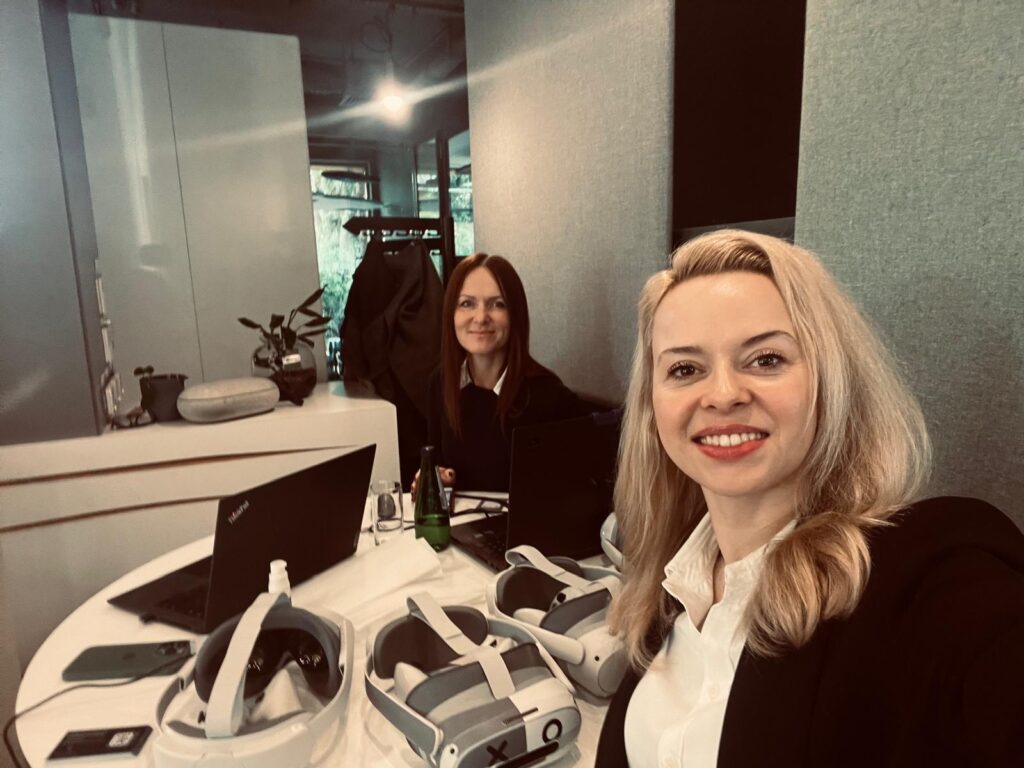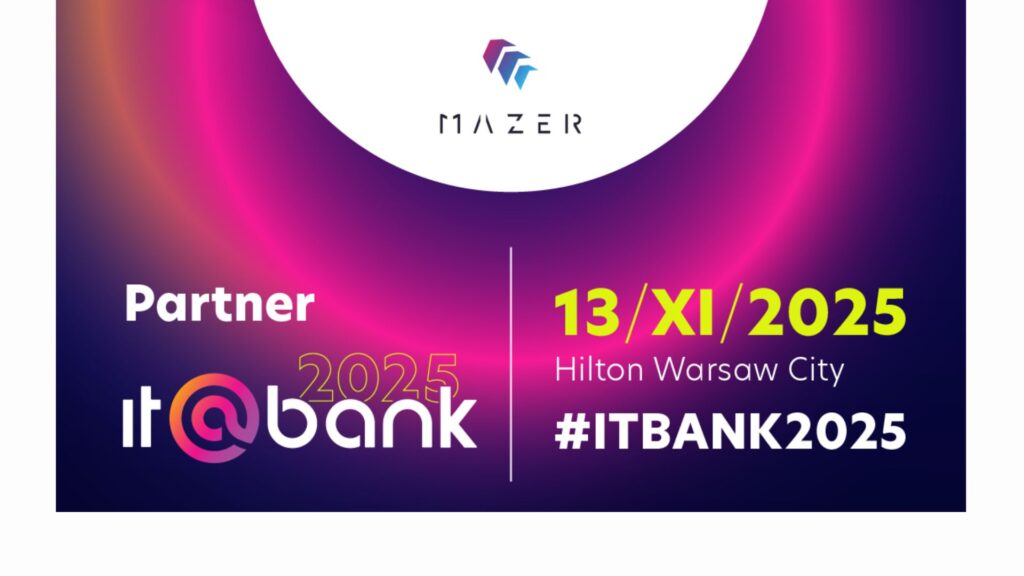From 2D to 3D: Transitioning Traditional Training into the Virtual Reality Space
Table of Contents:
VR training is often much better than traditional one, mainly due to one particular aspect—transferring the training materials from 2D to 3D. However, to do so, you need to know how to transition (and have confidence in this switch by knowing its benefits). This is exactly what we shall focus on in this article, so read on if you want to find out more!
The Benefits of 3D Training
For starters, let’s look at the perks of transitioning from 2D to 3D training. These benefits are often connected with the tech used for 3-dimensional interactions, such as 3D goggles or VR. What are they in particular? Take a look below.
Enhanced Engagement and Immersion
A 3D training is much more immersive than a 2D one. With the latter, the participants are fully aware that they are looking at training materials, but with the former, the boundary fades. As a result, a much higher level of immersion is possible, which translates directly to improved learning.
See also:
Fun and Joy
3D training is much more fun! Why is it so important?
Joy stimulates dopamine production and, in the end—better knowledge acquisition. Moreover, it will lift the morale, help your employees avoid burnout, and reduce their stress levels. This way, your training won’t only be more effective when learning is concerned but will also add to the wellbeing of your teams.
Practicing Real-Life Scenarios
Finally, by transferring from 2D to 3D training, you can simulate real-life scenarios. This enables your employees to practice in situations that could occur in the workplace, preparing them better for the challenges, hazards and risks related to their jobs.
Challenges When Transitioning from 2D to 3D/VR Training
Would you like to reap the benefits of 3D training? Well, you need to overcome some challenges first, but do not worry—they are not as difficult to tackle as it might seem. The potential blockers might include three elements:
Technology
You need tech both to translate your 2D materials to 3D and to conduct the training in the latter. For this, you will need to:
- Opt for 2D to 3D converters online or create your 3D training manually based on the materials, using platforms like Mazer Trainer.
- Buy the technology required for conducting 3D training:
- hardware—for instance, VR goggles; see our best VR headsets ranking,
- software—a platform to create and conduct your training, dedicated applications with particular courses.
Costs
3D training does not have to be costly, but it all depends on the type of platform you will be using. In some cases, about $200/month is enough; in others, you might need to make a single, significant investment in a VR application.
Naturally, you need to include hardware on this list.
Learning the Technology
Finally, you and your team will need to get accustomed with the 3D training tech. It might take some time to master, so don’t expect to be fluent in it right away.
2D to 3D Training: The Takeaway
Transitioning from 2D to 3D training might seem difficult, but it is much easier than it seems. Naturally, this does not mean that you will not have to overcome certain challenges, but with the right approach and thorough research, no obstacles should be able to stop you. So, what are you waiting for? Invest in 3D training tech and take your corporate learning to the next level!
You might also read: VR Training Revolution: How Mazer Trainer is Simplifying No-Code Training Creation

Author: Rafał Siejca
Rafal has over twenty years of corporate experience, including roles at Millennium Bank, Comarch, and leading software teams at PZU, one of Europe’s largest insurance companies. As one of Poland’s few true VR experts with a decade of experience, he ensures timely, high-quality project delivery as CEO and CTO.










